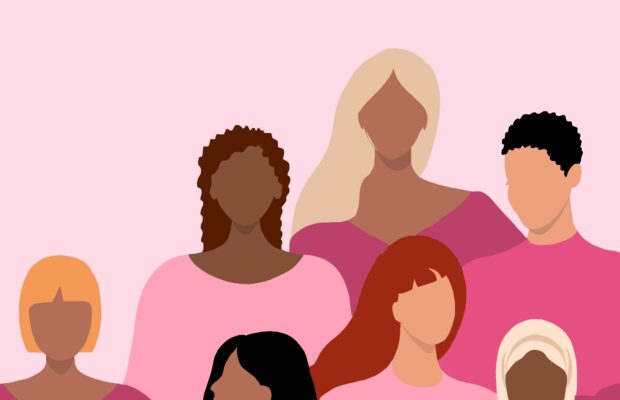The celebration of women’s history must be intersectional

This March marks the 35th annual celebration of National Women’s History Month, a month dedicated to reflecting upon women in history and uplifting the women of today. However, intersectionality is often lacking from every celebration of women’s history. The only way to truly celebrate women is if we celebrate all women: trans women, women of color and disabled women alike.
Feminism primarily began with queer women of color, and over time, became dominated by White women co-opting their work, named accordingly thereafter by intersectional activists as “White feminism.” Their version of the movement centered and exclusively uplifted White, cishet and able-bodied women, despite the long and detailed history of queer women and women of color fighting at the forefront for each other’s rights before them.
Heroes of White feminism such as Susan B. Anthony are heralded for their actions and their contributions, with no acknowledgement made of blatant racism in Anthony’s case, and in this general pattern, the lack of intersectionality in the activism of these women.
This is not to say that these contributions are not valid or have no impact. However, it is important for the modern individual to acknowledge the lack of support the initial movement had for women of color, LGBTQ+ women, disabled women and other marginalized women in order to develop the intersectionality necessary to provide equity for all women. Not doing so is a dangerous consequence for the lives of these women, something we have seen manifest in recent events.
On March 16, a gunman went to Asian spas in Atlanta with the intent of murdering Asian women in particular, killing eight people in total. These recent increases of bigotry are not only Asian issues, but also feminist issues. Feminism goes hand in hand with intersectionality.
Marginalized groups are historically pitted against one another in order to reinforce and further the patriarchy and White supremacy. The divide between White feminists and female activists of color continues to exacerbate and feed into this manufactured competition, while simultaneously fueling facades of progress for women, when the only major progress that has been made has been that for White women.
While the push for inclusive curriculum in the United States is a step in the right direction, it often refuses to center the work of women of color. Ironically, curriculum efforts to include intersectionality is to pepper in White perspectives of the lives of people of color. In turn, the actual experiences of women of color by women of color are lacking and insufficient, or simply beaten around the bush. In discussions, especially about academia, queer women, disabled women and women of color must not only be included, but fully highlighted and embraced.
On page eight, you can find a diverse celebration of women within our community. Womanism is a beautiful thing, and as March passes, we are afforded a vital, albeit short, opportunity to do more for women who are leaders, women who are mothers, scientists, students, the list goes on.
This opportunity is nothing without intersectionality. Feminism, in and of itself, cannot be considered feminism without giving attention to women from all backgrounds. In order to truly celebrate women, we must celebrate all women.



